A relatively inexpensive mission could find planets in the alpha Centauri system
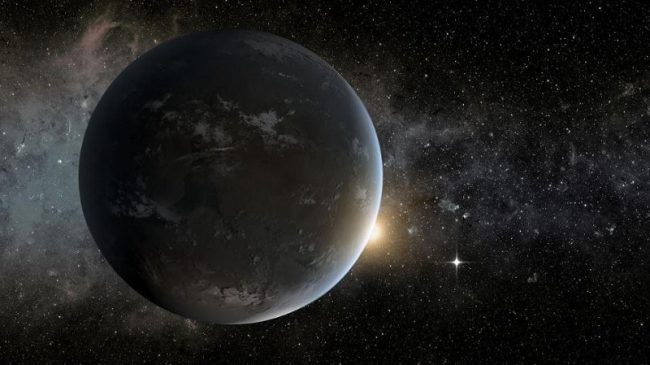 Source:
Source:
Alpha Centauri A and B just 4.37 light years from us. Is there a planet near them? Life? We might be able to figure it out. Imagine that you are light years from us, revolving around another star in our galaxy. If you look at our Solar system from such a great distance that you have to see to determine the presence of life on one of our worlds? Even if the Earth was just one pixel in the telescope, you still would be able to do it. Reflecting the light from the Sun, you could directly see our world and understand that:
the
-
the
- on Earth there are oceans and continents; the
- its color and reflectivity changes with the time of year when the plants bloom and are covered with snow; the
- the ice caps grow and shrink throughout the year; the
- clouds form and dissipate; the
- having the right tools, it would be possible to conclude that the atmosphere consists of organic molecules that indicate the presence of life.
If someone from a distance of several light-years could do this with Earth, it will be understood that we here on Earth can do so with other star. And if you're lucky, the nearest star system is two perfect candidates: alpha Centauri A and alpha Centauri B.
The System of alpha Centauri is a trinary star system. Alpha Centauri A — the same type as our Sun, alpha Centauri B is a little colder, and Proxima Centauri is even more cold red dwarf. Of course, Proxima Centauri, slightly closer, at 4.24 light years away from us, not at 4.37 light years. But alpha Centauri A and B is much lighter and more suited to life at a distance from the parent star, and they are easier to see. Any potentially habitable planets — solid worlds at the right distance will be far enough from a star to a well-equipped telescope could see them directly.
We Usually think that our Sun is an "ordinary" star. But it's not quite right. Our Sun is more massive and brighter than 95% of stars in our galaxy, alpha Centauri is 50% brighter. Even alpha Centauri B, is almost as bright as our Sun, brighter than 90% of all stars. Because these two stars are so close and extremely bright, any potentially habitable worlds will be separated by large angular size from its parent star than other long-lived stars in the sky (that is, living billions of years). And so, if to look for potentially habitable planet near alpha Centauri A and B, if we put this scientific goal, we can do this using a small and inexpensive, in astronomical terms, a telescope.
The Hubble Space telescope with a diameter of 2.4 meters, and the majority of telescopes that are designed to remove planet directly from space, should have diameters from four to twelve meters. Cost quickly soars to billions or tens of billions of dollars. But from a scientific point of view of the telescope with a diameter of 45 centimeters would be enough not only to consider the planets near the stars alpha Centauri, but to find — if any — signs of the presence of the atmosphere, oceans, seasons and other aspects, which we used to judge the habitability. Following the star like ours is 2.5 times more, and that means you will need a minimum meter telescope in diameter.
The Idea to create a small telescope like this, which will go into space with a coronagraph that blocks the light of the parent star, resulted in the proposed ACESat mission, whose name stands for Alpha Centauri Exoplanet Satellite. This telescope should be light, small, inexpensive and very capable: he will be able to know whether the nearest star signals that we might associate with life.
This is a kind of high risky with high reward. Alpha Centauri A and B binary star system, so there are only three sure option to find a planet in this system:
the-
the
- to close near the orbit of alpha Centauri A; the
- to close near the orbit of alpha Centauri B; the
- for far and wide orbit far away from both stars.
Either of the first two options would be absolutely perfect for finding a solid, potentially populated world near the sun-like star. But if life is rare in the potentially habitable zone or if no planets there, then research the exhaust will be small. Not surprisingly, the review Committee at NASA expressed concern about the possibility of this "null result", and partly because of this, the ACESat mission has not been selected.
But NASA is not the only way to launch a satellite into space. Such a mission can exist as a private-funded enterprise Project Blue. Logistics easier than you can imagine. 45 cm telescope is relatively cheap: it can be bought for a few tens of thousands of dollars. Tools will be difficult, but not priceless: millions of dollars will cost the coronagraph, the development of new technologies and integration tools. And the mission objectives need not be limited to only one eye for the next star system.
The Total cost of such a mission — including technology development, prototyping, testing, final design and launch — will amount to $ 50 million, which is significantly less than the cost of a NASA mission. Even if no planets there, the development of technology coronagraph (with deformable mirror), a new control algorithm for wavefront and a new technique of improving suppression of speckles will provide 500-1000 unique images of one and the same system that will be incredible.
The Most successful mission of NASA's search for planets — Kepler, which has found more than 3000 new exoplanets today — was developed more than 20 years before his flight. Since then, she has become our biggest revolution in how we understand star system outside our own, including a number of surprises. But Kepler can only identify planets that exhibit rare and strict geometry of the alignment, which provides a planetary transit.
The beauty of the Blue Project that we have been unable yet to see another star like the Sun in this manner, and when you look at new things in new ways, the opportunities for discovery are far beyond our imaginations. You may need crowdfunding. Need the right investors and contracts. It can be one person or a consortium, but for a very small amount of money we will be able to know the answer to the main question: are we alone in the Universe?
...Recommended
The Americans on the moon: what everyone should know?
the Upcoming cosmonautics day is my favorite holiday. It marks the triumph of the human mind: in just four thousand years Homo Sapiens went from hunter-gatherers to space explorers. 12 April 1961 Soviet cosmonaut Yuri Gagarin became the first man in ...
Why are some galaxies spiral shaped?
you Know what surprised me the most? The fact that we perceive the surrounding world as it is. Animals, plants, the laws of physics and the cosmos are perceived by many people as something so mundane and boring that they invent fairies, ghosts, monst...
Astronomers were able to see the death of another star system
In the cosmic ocean drifts a lot of mysteries about the existence of which we are unaware. One of these was uncovered five years ago, when astronomers have discovered a lonely star at a distance of 570 light years from Earth, the brightness of which ...
Related News
Rumors: the US is experiencing a EM Drive on Board secret X-37B
In the past year, perhaps only certainly not interested in the technology people have not heard about the "impossible" electromagnetic Drive motor EM – fuel-free alternative to currently used chemical rocket engines, which alleged...
To find a twin of the Earth in space may be impossible
of all the places that we have ever seen in the Universe, only the Earth has provided us with evidence of the existence of life. But why? Because life is rare, and it requires from us all the conditions we have on Earth to be supp...
The launch of manned spacecraft "Soyuz MS-04" to the ISS is scheduled for April 20
the orbit will depart the astronaut «Roskosmos» Fyodor Yurchikhin and NASA astronaut Jack Fischer. Despite the fact that the ship is designed for three people, this time, as in subsequent, the manned transport spaceship ...
Cosmonaut Gennady Padalka: "I am delighted with the Mask and SpaceX"
On the occasion of the cosmonautics Day a popular entertainment and informational social network Pikabu.ru (sort of contribution to Reddit) was invited to the AMA-session Gennady I. Padalka, Hero of the Russian Federation, the Col...
#nasa | Discovered from 7 potentially habitable earth-like planets within a single system
Less than a year ago, astronomers announced a surprising discovery. They found three earth-like planets orbiting small, dim red dwarf. However, as it turned out, the first discovery scientists have "missed" a few available in this...
The launch of manned spacecraft "Soyuz MS-04" to the ISS is scheduled for April 20
the orbit will depart the astronaut «Roskosmos» Fyodor Yurchikhin and NASA astronaut Jack Fischer. Despite the fact that the ship is designed for three people, this time, as in subsequent, the manned transport spaceship ...
#video of the day | the Incredibly beautiful flight over the surface of Mars
For decades, the Red planet is a tasty morsel for the earth scientists. We all deep down dream one day to go , but so far his vast expanses of plowed only a single Rover . From orbit the planet is regularly photographed several re...
#photo of the day | the Space telescope "Hubble" captures the death of a star
named after the famous astronomer Edwin Powell Hubble, in 27 years of its existence has seen a huge amount of life in the universe. Each photo can be safely printed out and hung on the wall in a beautiful frame. Another amazing p...
Yapet: the strangest moon in the Solar system
In 1671, Giovanni Cassini stared through a telescope at Saturn and discovered a series of incredible miracles: the famous gap in its rings, the cloud bands in the atmosphere and more satellites. The second discovered moon of Satur...
#video | Company Blue Origin has shown how to fly and land its rockets "New Glenn"
just today Jeff Bezos, the head of the aerospace company Blue Origin, on his page on "Twitter" fully assembled rocket engine BE-4, which the company intends to use its new launch vehicle "New Glenn". That Bezos decided not to stay...
#photo of the day | Pictures of Saturn's rings, made as close to
it is sad, but the life of the spacecraft is about to end. Once started in 1997, it became part of the space program "Cassini-Huygens", aimed at the study , its rings and satellites. The last phase of life of the device, dubbed "t...
#photos | New pictures of Saturn's moon confirmed that he looks like a dumpling
This amazing inner satellite of Saturn was discovered in 1990 by mark Showalter in the analysis of images of the gas giant. First, the satellite has been given the working name of S/1981 S 13, but in September 1991 was renamed the...
Stephen Hawking is going into space
Stephen Hawking, one of the world's most famous physicist and cosmologist, said that he was going into space and will do this, thanks to the Virgin group (and a shred of modern technology). Even in 2015, sir Richard Branson, found...
Do people need to upgrade their body to survive on Mars?
to Live and dig in the space — especially on Mars — that for many years attracts our kind. Recently, SpaceX founder Elon Musk decided to put a very large sum of money to colonize the Red planet. NASA also likes to boast of his upc...
Perhaps SpaceX will no longer throw missiles
SpaceX was supposed to launch the Falcon 9 early last week, but because of the wind the launch was postponed. The second attempt was a success. Shortly after launch on Thursday, SpaceX announced that the EchoStar XXIII steadily mo...
Another team of scientists: "Pluto is a planet, like Jupiter's moon Europa"
Kirby Runyon Scientist from Johns Hopkins has something to prove: regardless of what there claims Pluto is a planet. And Europe, he says, the famous moon of Jupiter, like the Earth satellite the Moon, as more than 100 other celest...
The spacecraft will be built by 2021
the Head of RKK «Energy» Vladimir Solntsev said in an interview with journalists of RIA «news» that within four years the first space craft «Federation» will be completely ready to fly. the sun repo...
The budget reduced NASA: missions to Europe and to redirect the asteroid will not be
the Presidential plans of Donald trump regarding the NASA budget is now known, and now it seems that the us space Agency will not face such extreme cuts like other Federal agencies, States next year. NASA will receive $ 19.1 billi...
NASA astronomers would like to turn the Sun into a giant space telescope
NASA Astronomers try to look further and further into the Universe, and therefore they need large and powerful telescopes. And that is why a team of experts from the jet propulsion Laboratory (JPL) proposed the idea of using the l...
Astronomers are watching a crazy dance between a star and a black hole
Astronomers now watching a distant star circling in a deadly dance around a large black hole. The distance between the objects is only approximately 2.5 times the distance between Earth and the Moon. Being so close to one of the d...



















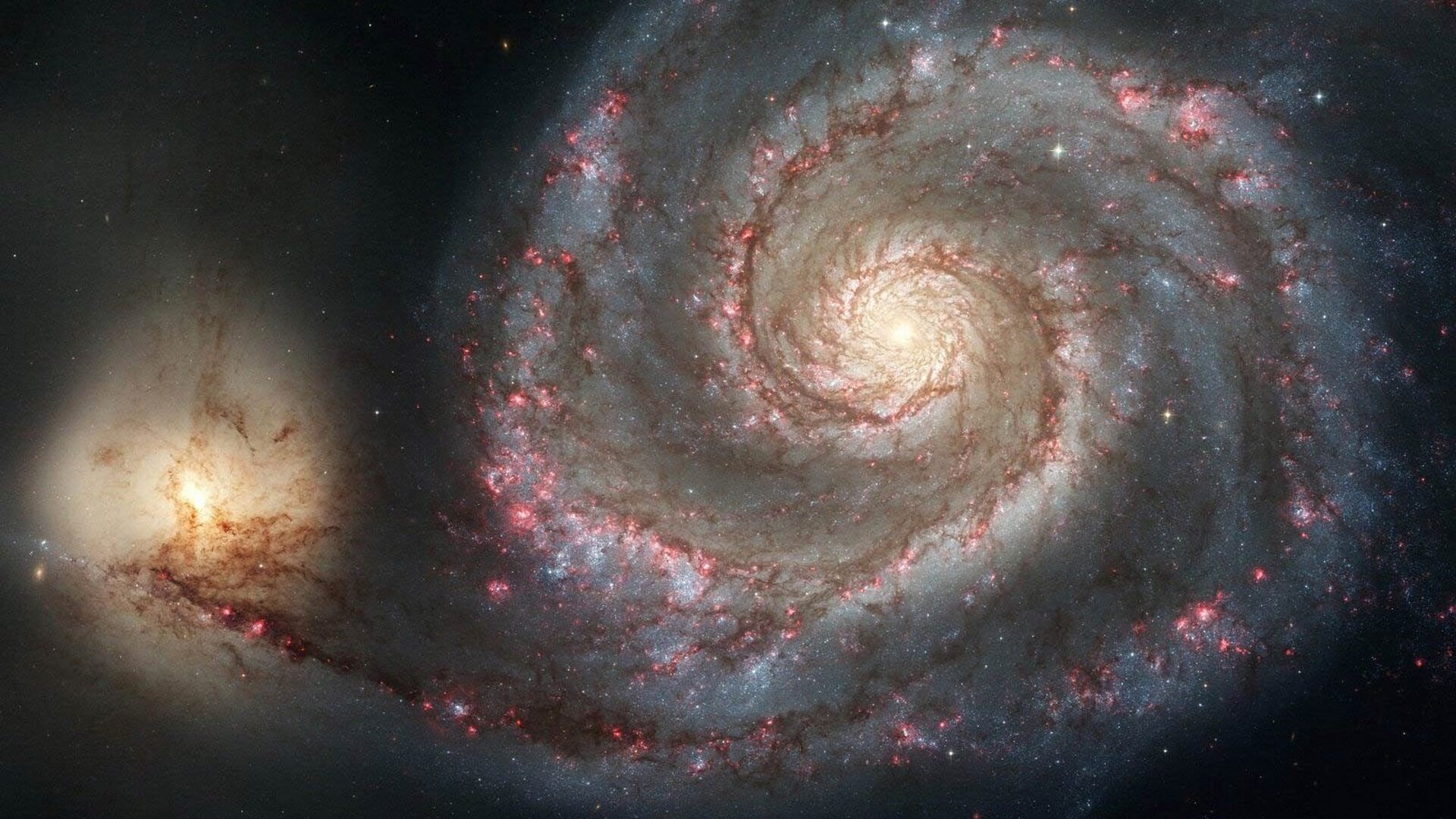
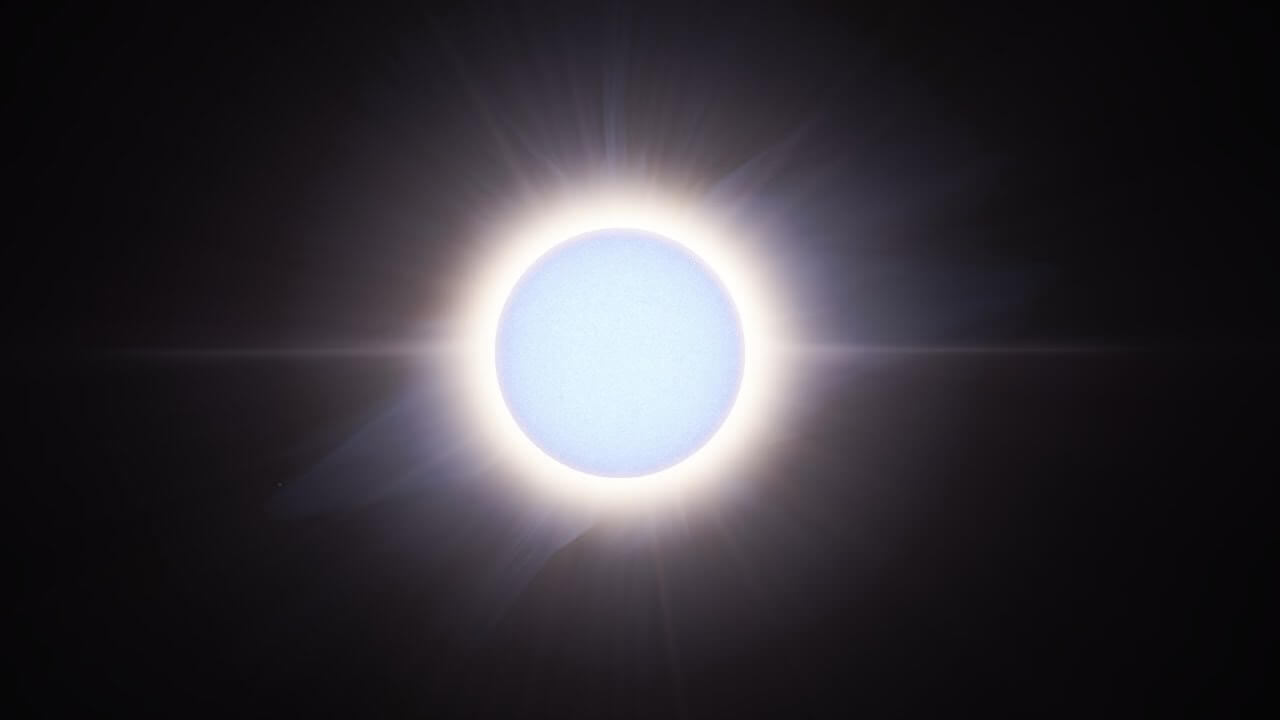
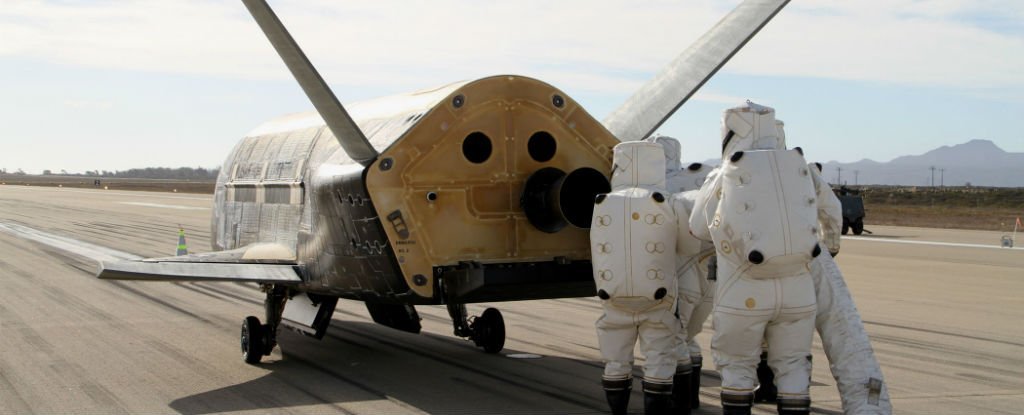
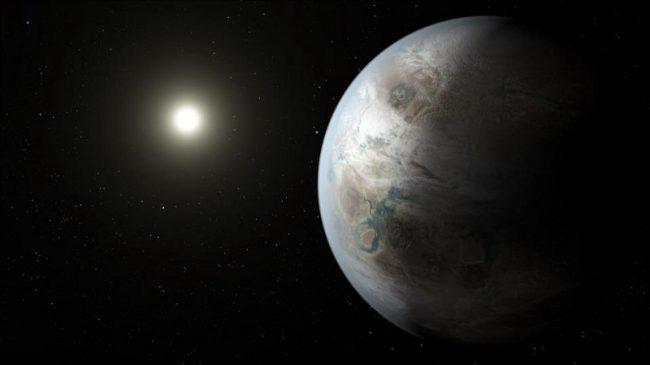


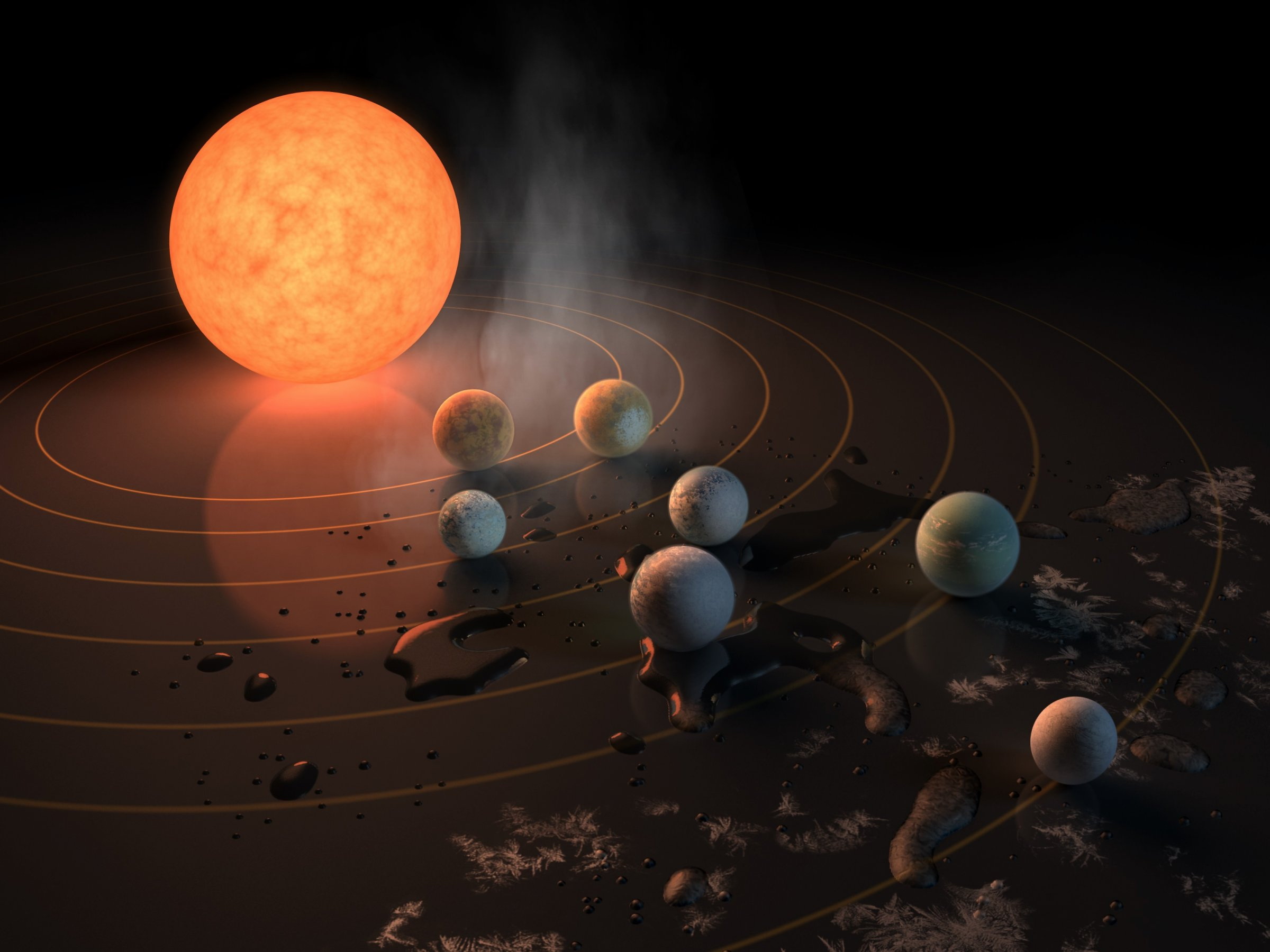
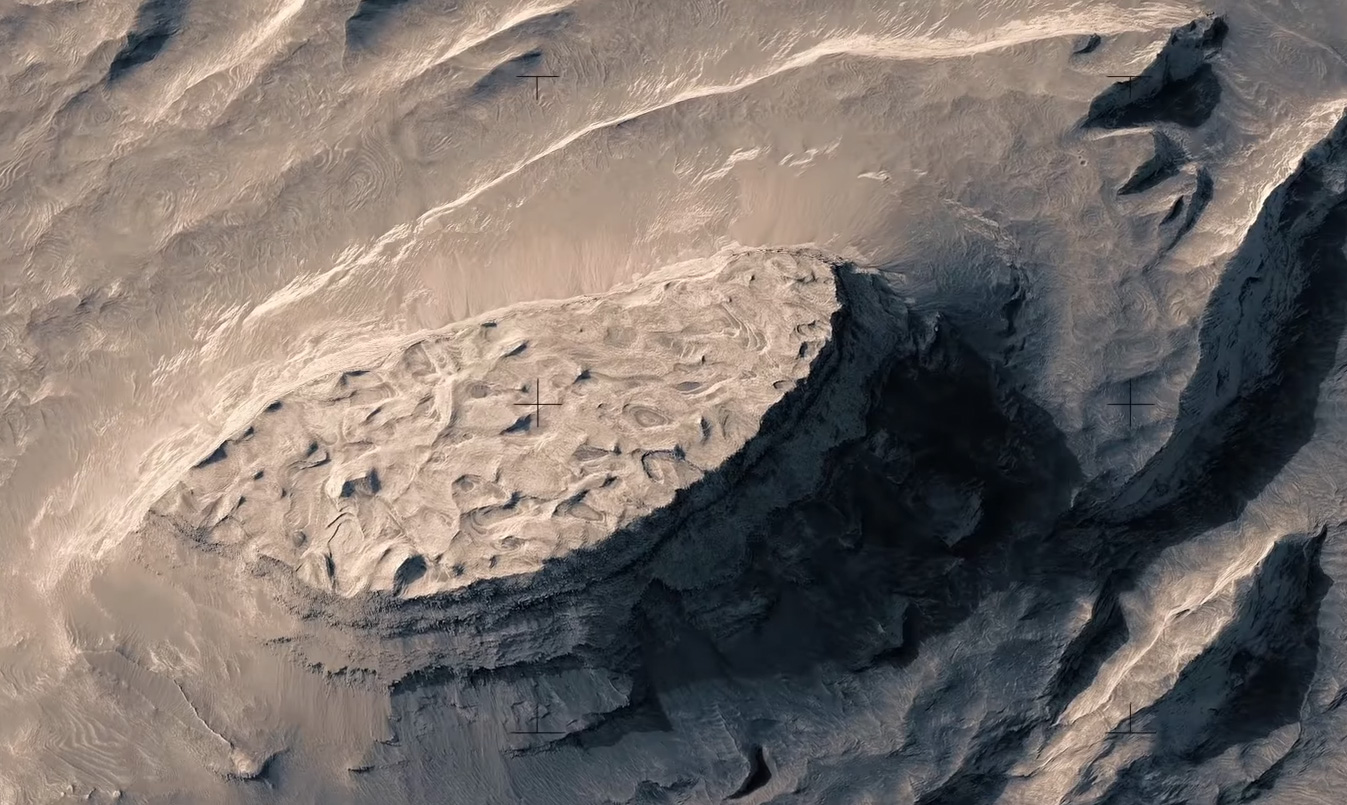
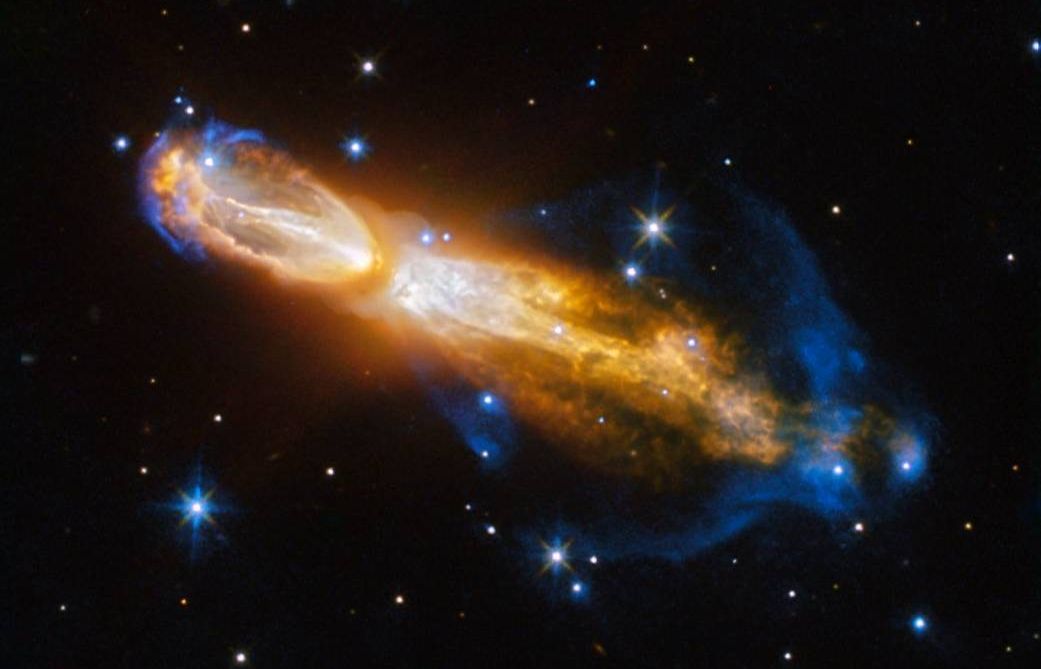
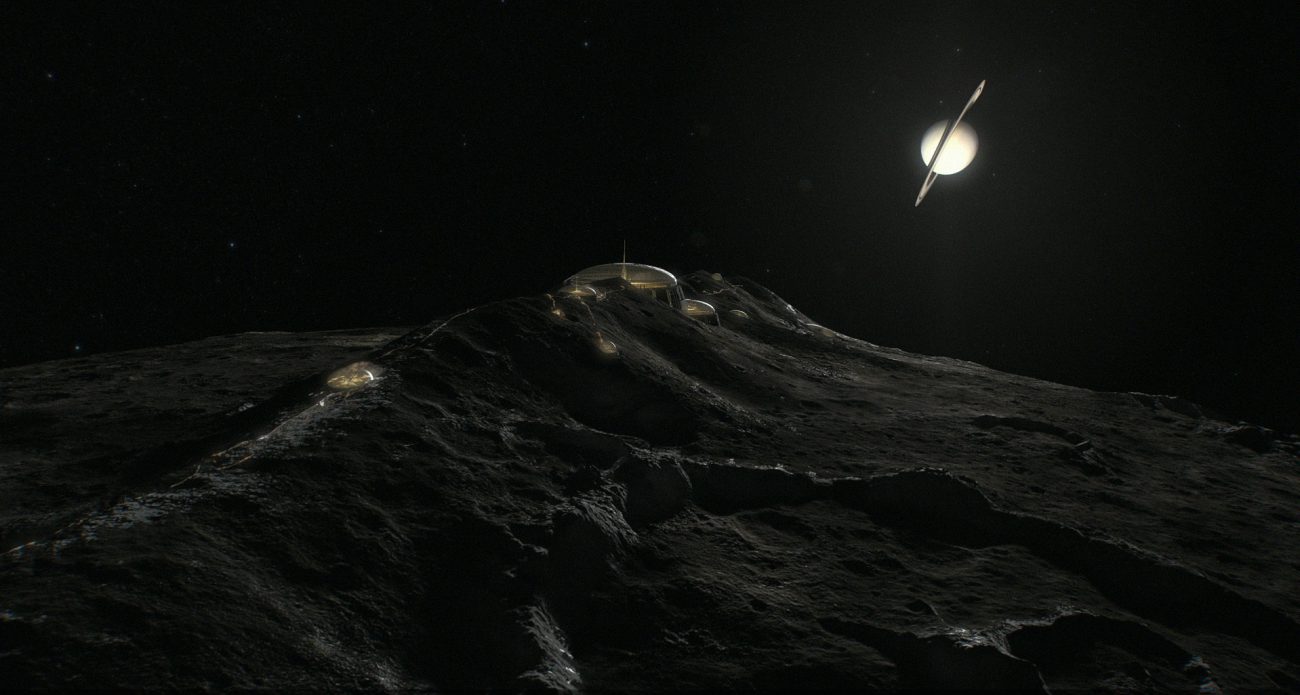
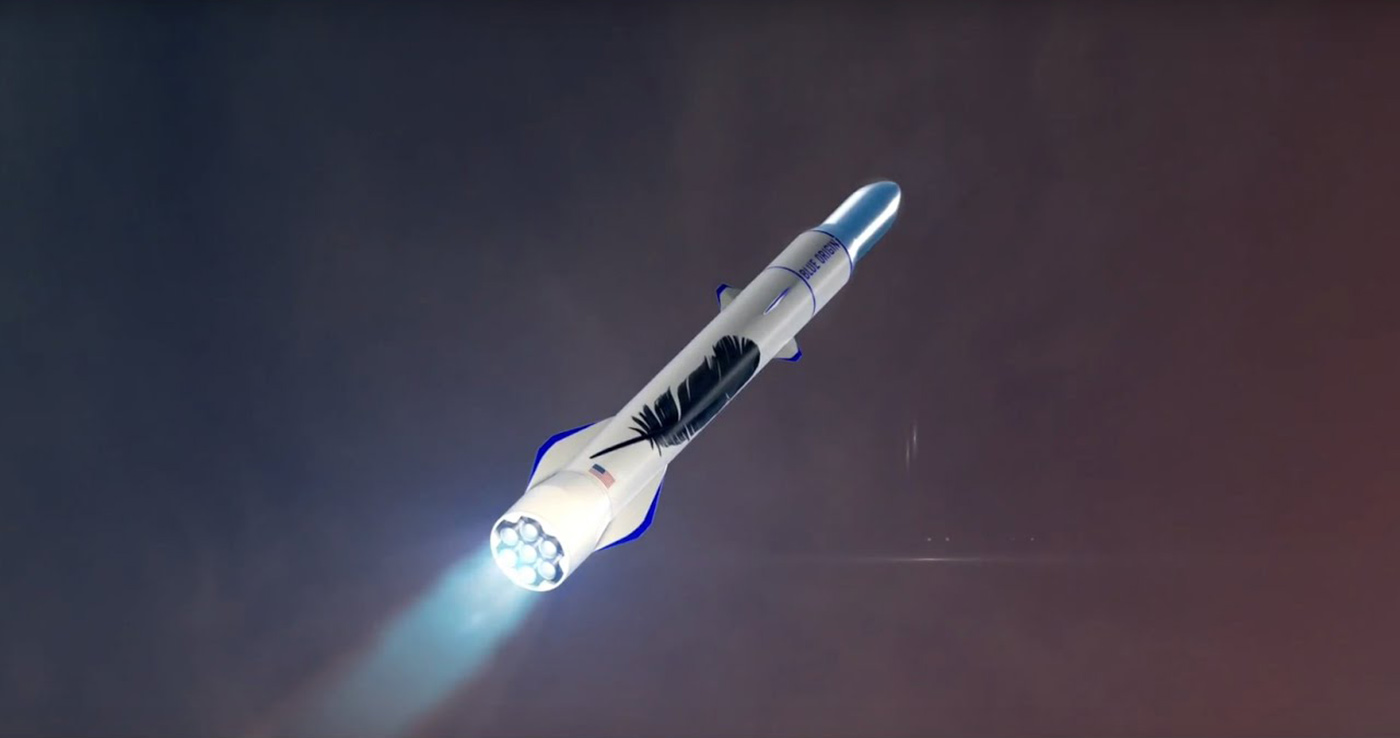
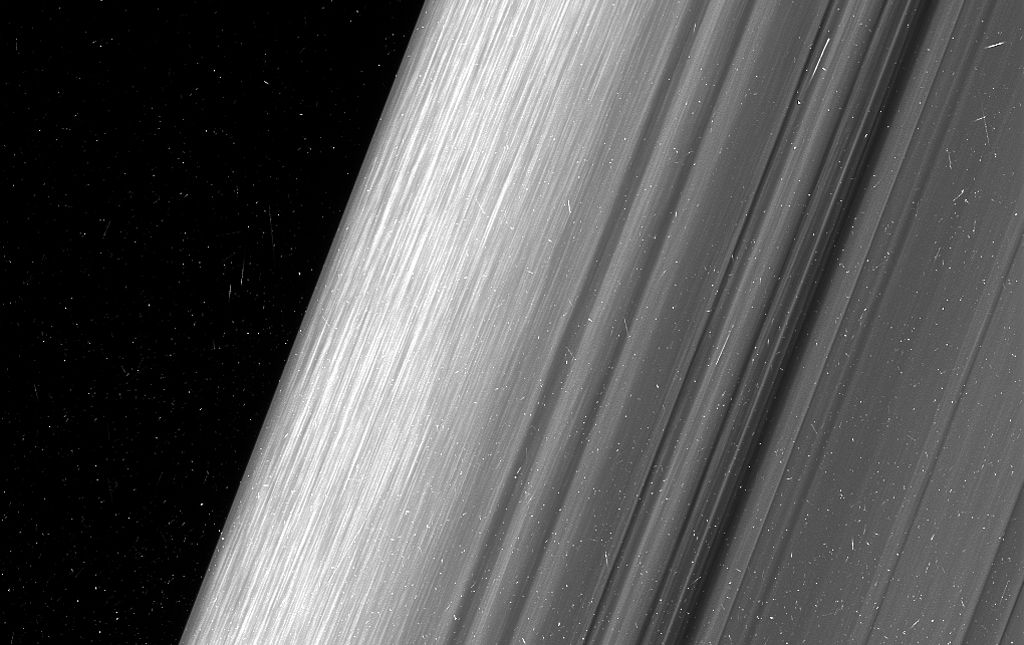
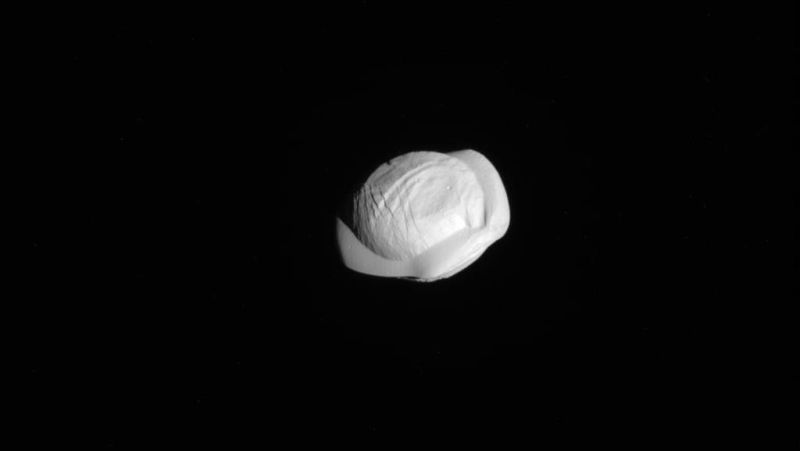

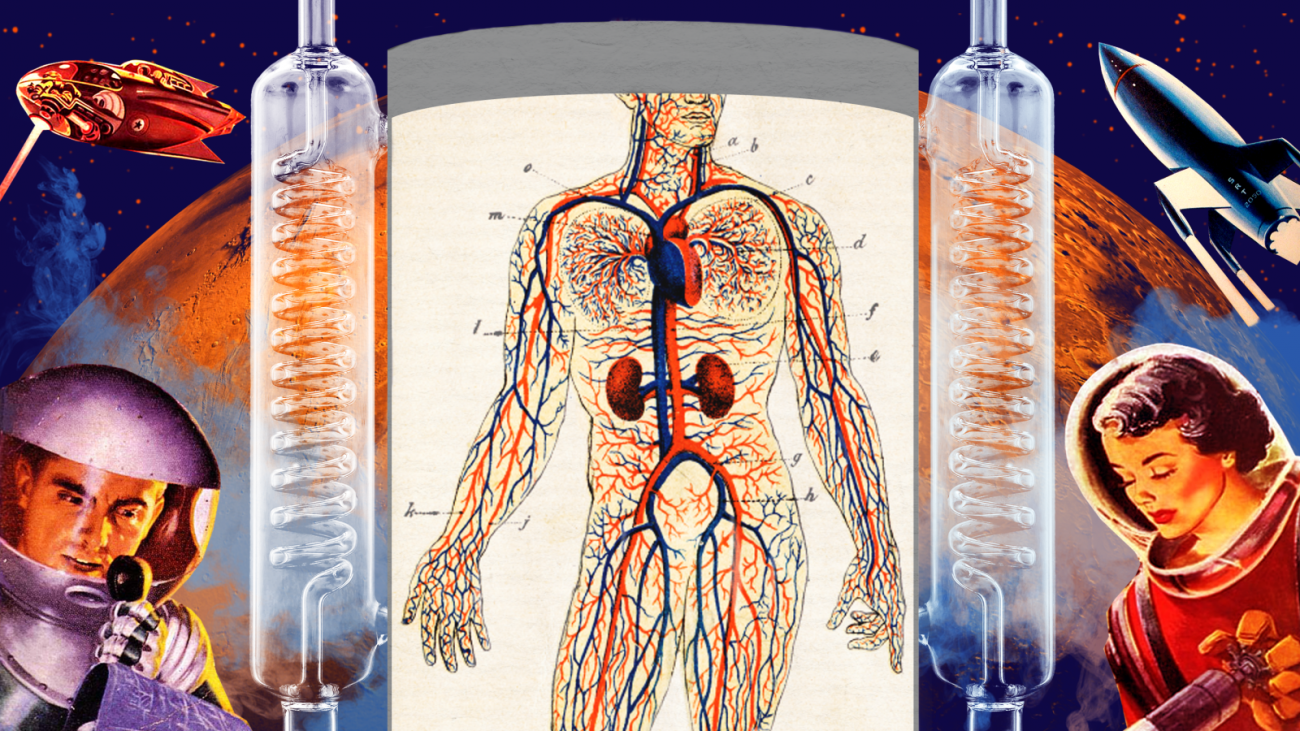

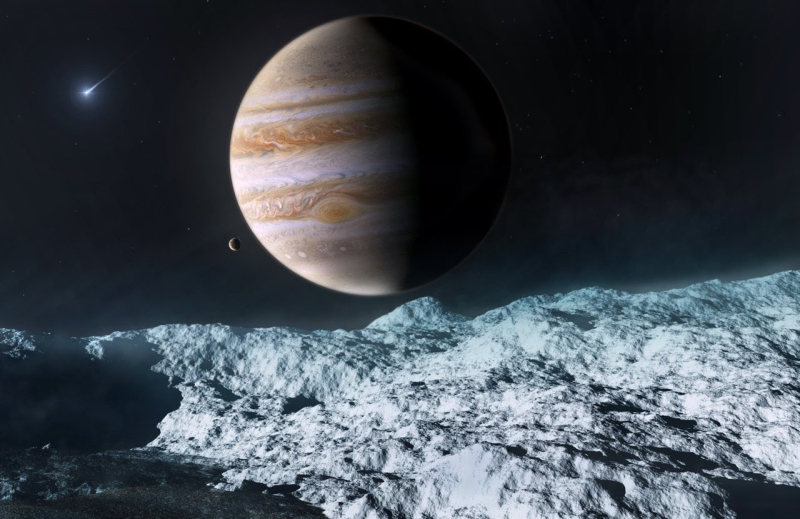
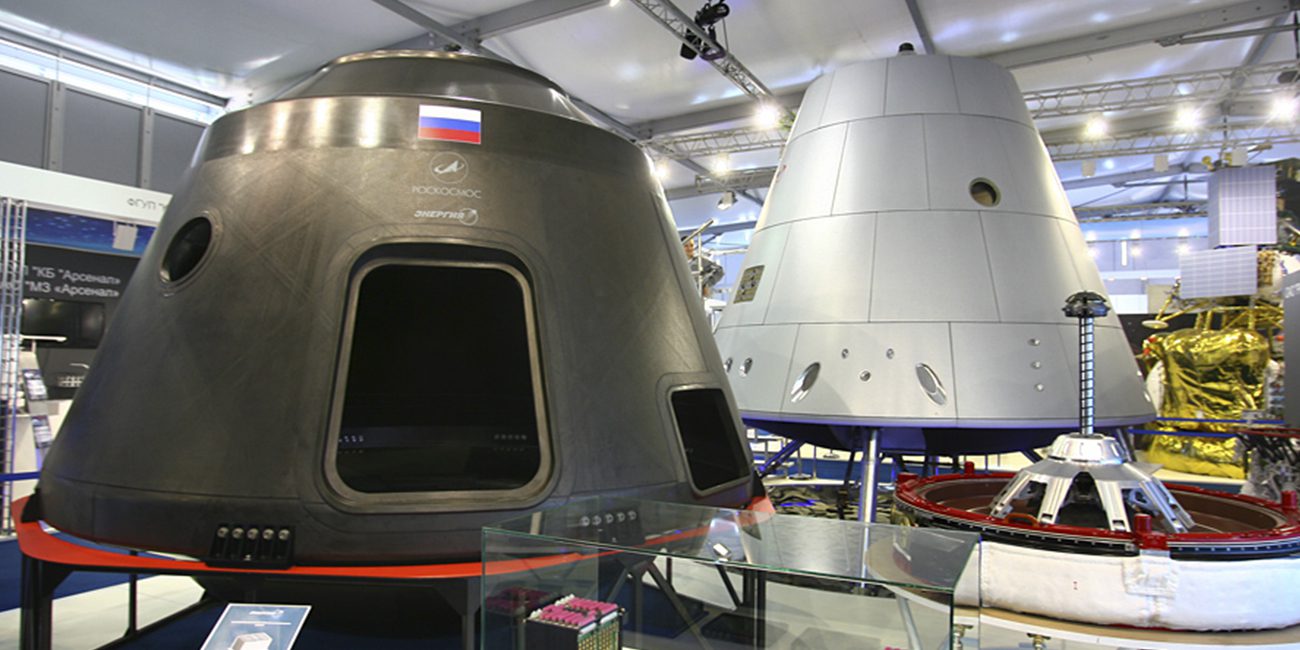
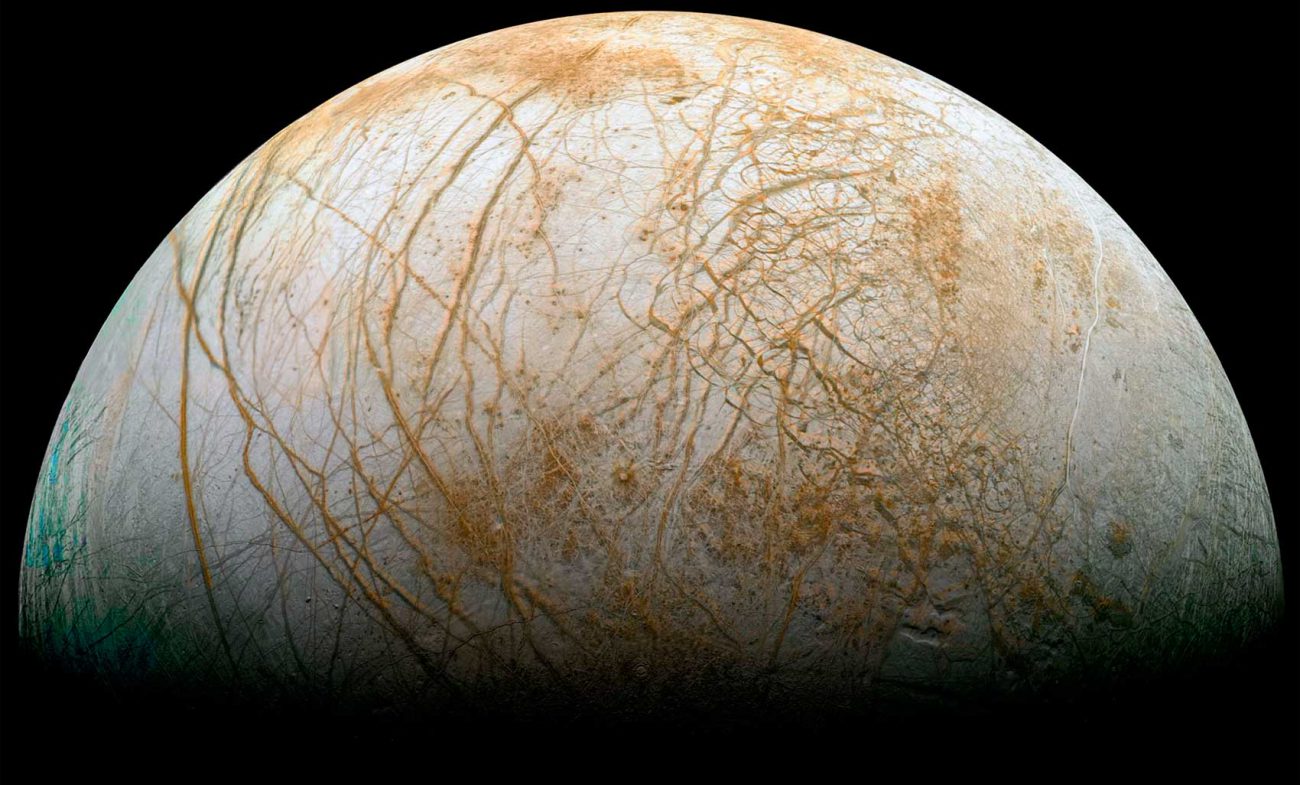

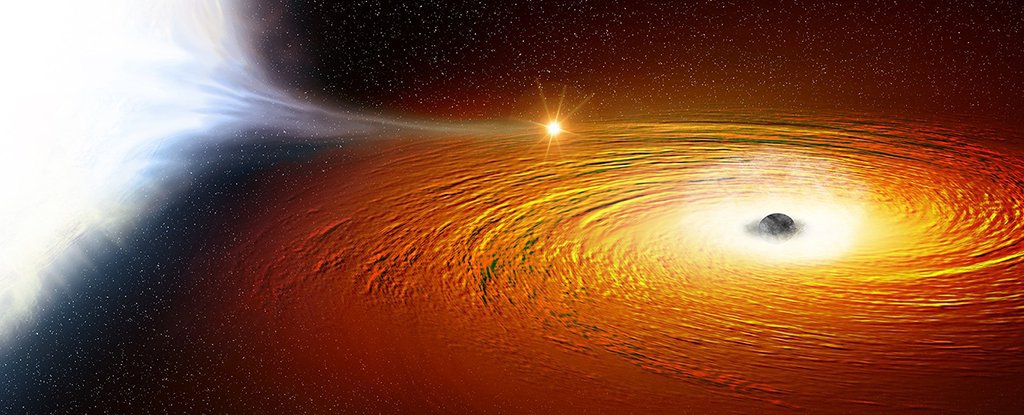
Comments (0)
This article has no comment, be the first!